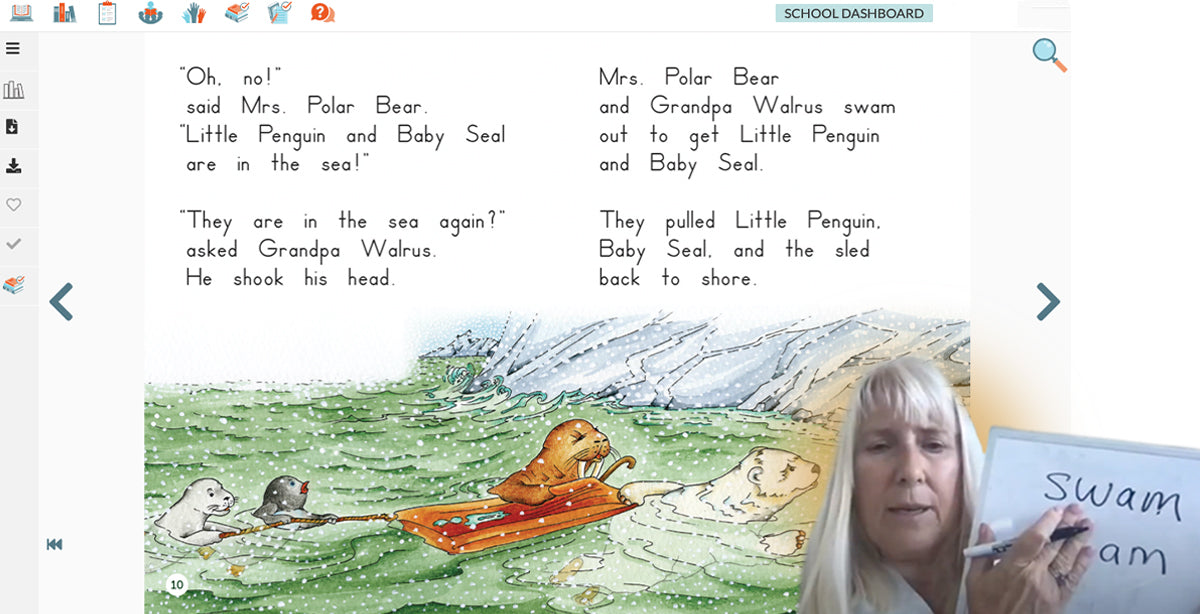Accelerate, Not Remediate
I eavesdropped on my granddaughter Mae’s remote first grade class this morning and felt awed by how comfortable the class seemed with participating and conversing online. Mae is doing great, and the best part of the situation is that my son and his family have been here in Florida with us for several weeks—because she can do school from anywhere.
I know for many other children, it has been much more challenging. The pandemic has impacted many students and has had a particularly large impact on low-income students and students of color. I listened to a recent webinar where the presenter talked about the need to accelerate, not remediate, and I could not agree more. Let’s stop talking about learning loss and think about how we can take children from where they are and accelerate their progress.
Tutoring remotely or in-person can be highly effective. No tutoring program has a better track record than Reading Recovery. I strongly urge districts who have not explored Reading Recovery to investigate training teachers. While Reading Recovery is for first graders, these highly skilled intervention teachers can use their skills with students in other grade levels to help accelerate the literacy learning of students who need the most help.
Using the Literacy Footprints guided reading lessons along with the Literacy Footprints Intervention Partner lessons is another option for accelerating students’ progress. In our pilot study, we found that when students who were significantly behind had a daily Literacy Footprints lesson from a classroom teacher and a companion lesson from the Intervention Partner kit, there was significant acceleration. The lessons provided opportunities for careful observations and building on students’ strengths.
I have been working remotely with Nicole, a little girl in California. She is always very happy to see me, and we have quickly built a strong relationship. I am observing her closely and using those observations to inform my teaching. Each time I work with her, I am taking notes, thinking about where her strengths are and then working to build on them. By building on Nicole’s existing competencies, I can support accelerated learning. This is making it easier for her to learn.
While I have struggled to fit this tutoring into my busy week, it is so rewarding to work with Nicole. When we started, she was very confused and discouraged. Now I am so pleased with her progress. Here is a recent clip from a lesson with her. Notice how she is monitoring for meaning and then taking action to solve new words. This is so exciting. It is important for her to be praised for this monitoring, and at the same time, I am thinking, How can I build on this strength? What will improve her processing is learning to look for larger parts instead of letter-by-letter sound analysis. It is this observation that leads me to my decision of what to teach next.
Every child has strengths and is working from their current understandings. It is so important that we focus on building on these understandings. I hope this example will help you think about your own students and how you can support their accelerated growth this spring.





